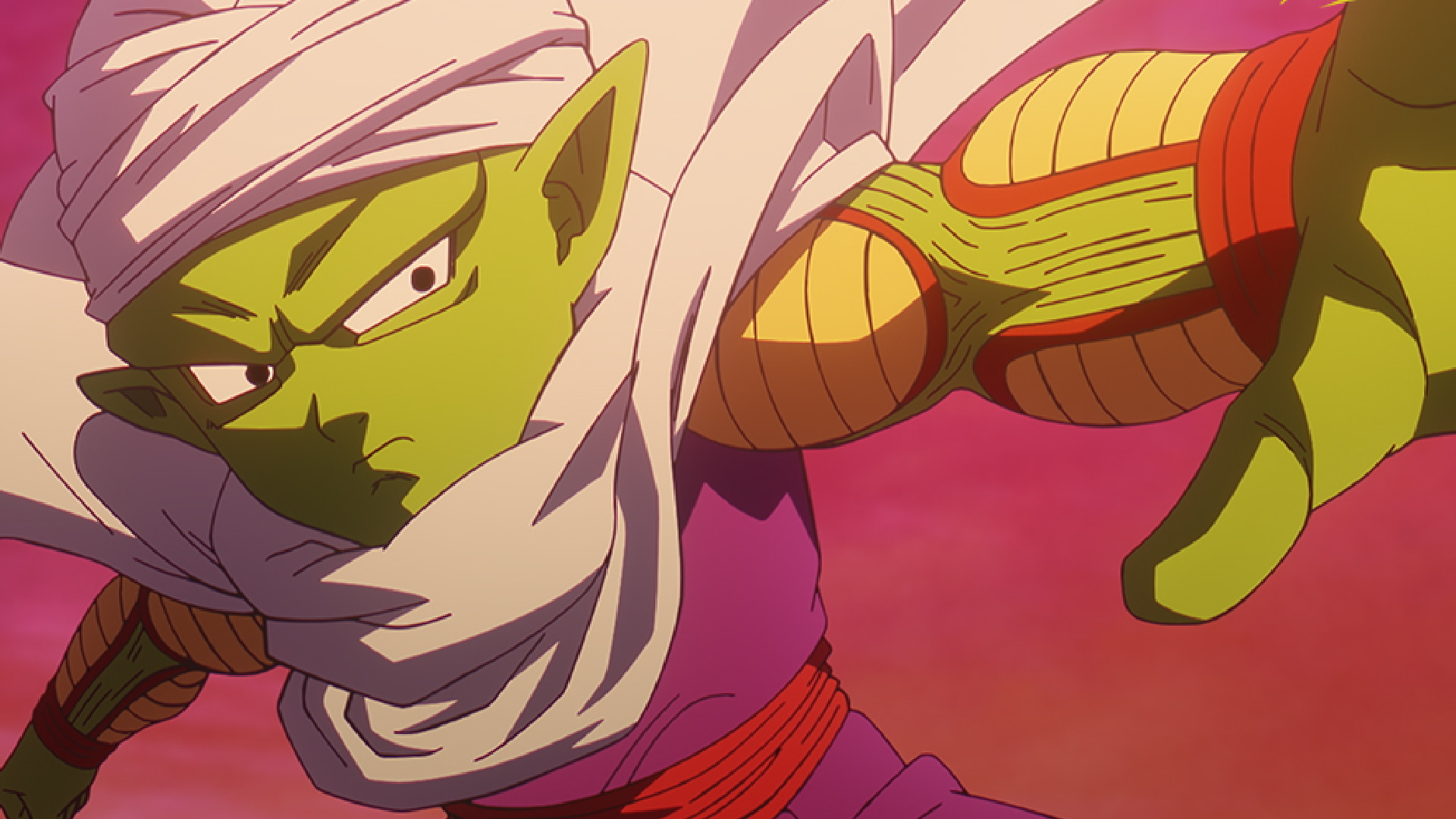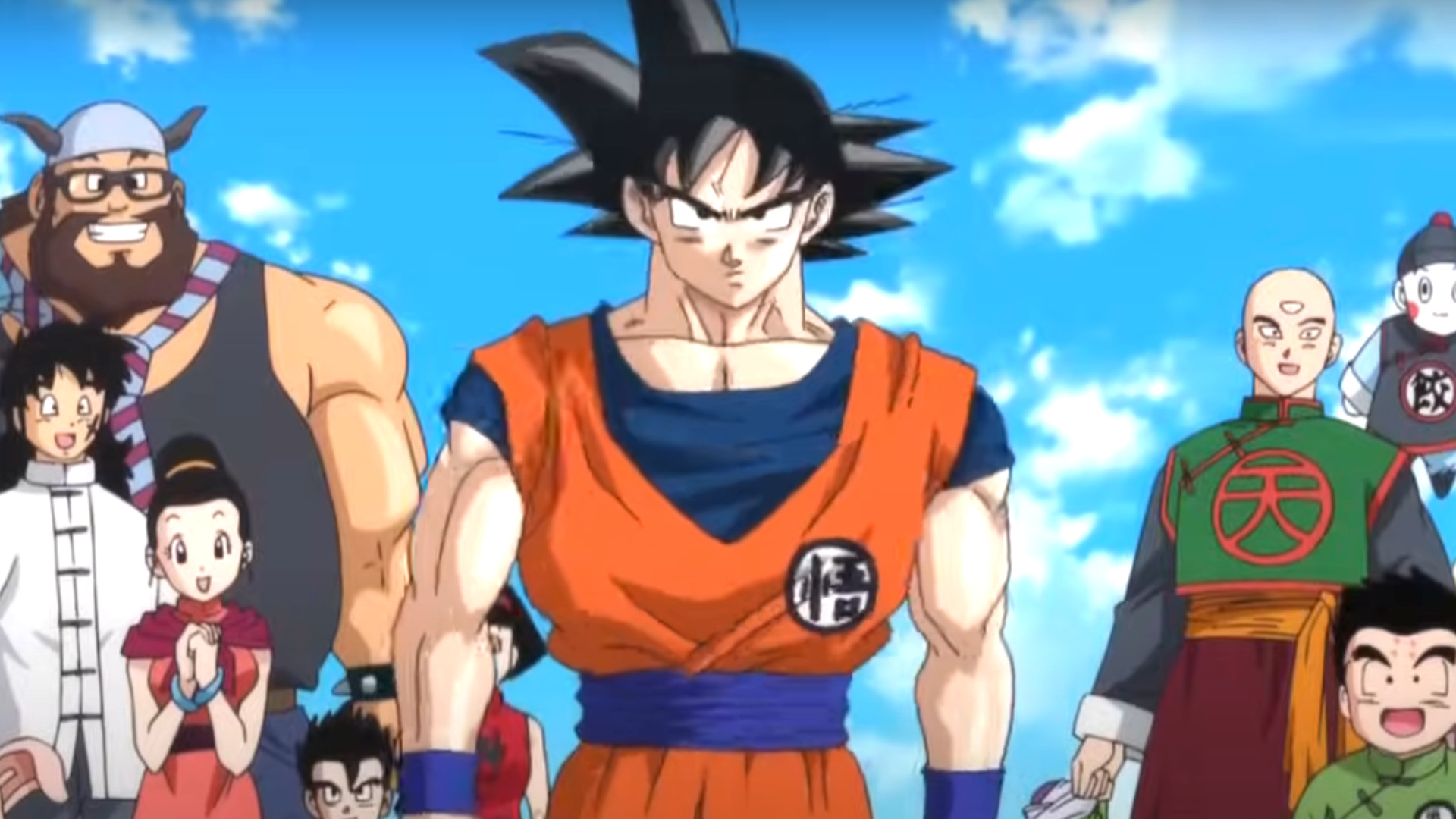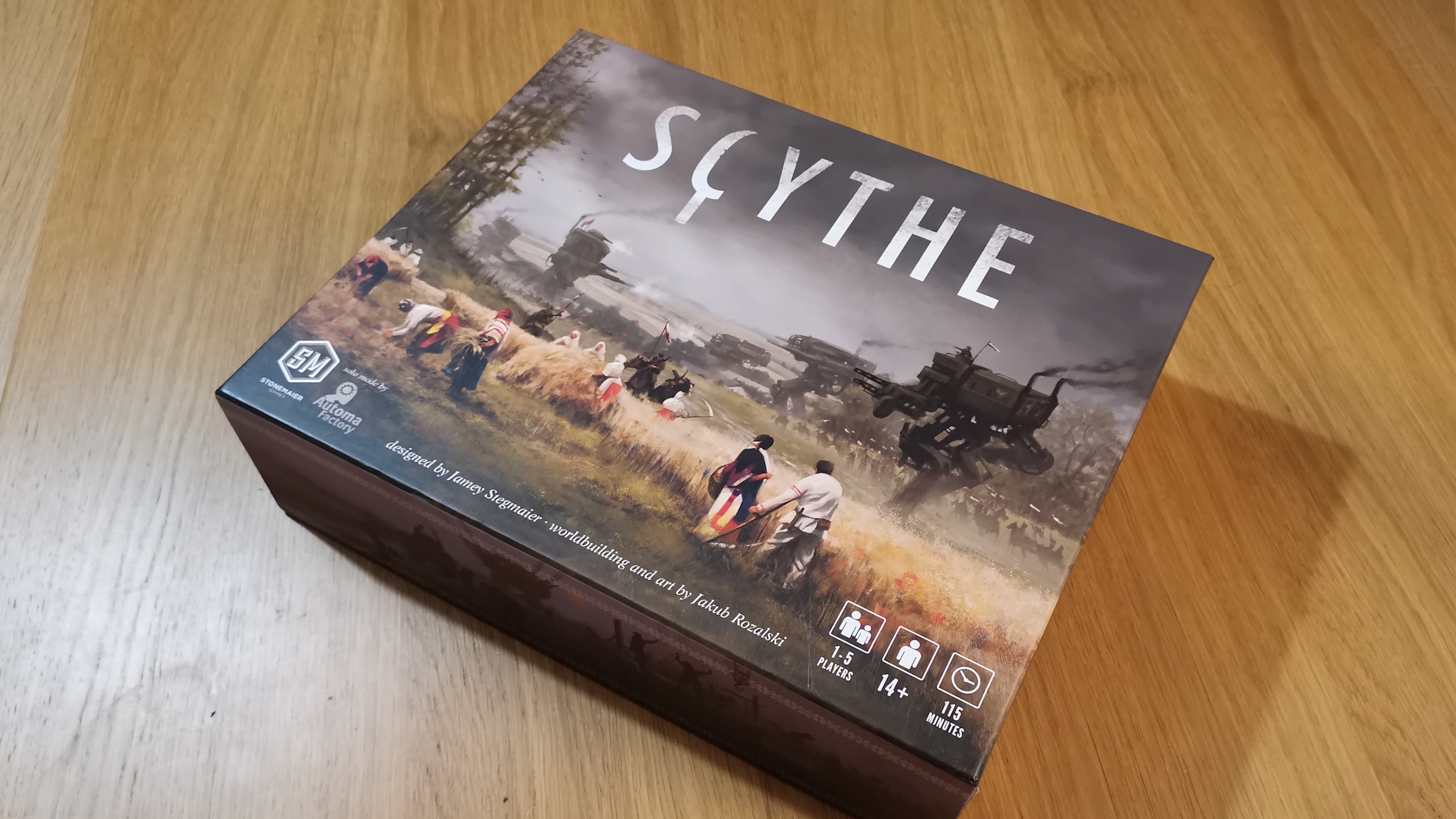For 40 years, Dragon Ball has subverted anime expectations – so it makes perfect sense for Dragon Ball: Daima to continue the trend
OPINION | Dragon Ball: Daima takes the classic anime into the fantasy genre, but Dragon Ball has always been about reinventing itself

If you ask someone to describe the narrative centerpiece of the Dragon Ball franchise, they’d likely answer that it’s about "dudes fighting other dudes." This is not entirely wrong! The most famous installment in the series on an international scale is Dragon Ball Z and most of its plots follow the escalating scale of, well, dudes fighting other dudes. But martial arts/laser beam battles are far from the only genre that Dragon Ball has excelled at. In fact, Dragon Ball has been successful at nimbly leaping from genre to genre since the very beginning.
The first part, simply called Dragon Ball, is perhaps the best example of this. When we first meet Goku, a rowdy orphan who is around two-feet-tall and has yet to learn what either cars or girls are, the series plays a lot of things for comedy. Goku’s naivete blends into the general outlandishness of the world and what it becomes isn’t only an adventure tale, but a joke-filled romp. It’s important to remember that prior to Dragon Ball, the late manga author Akira Toriyama had created Dr. Slump, a comedy series about a little robot girl and the gaggle of weirdos that inhabited her world. Toriyama would prove himself to be the master of cartoon combat, but before that, he delighted in puns and gags.
And this proclivity for humor doesn’t just end as soon as Goku hit Saiyan puberty. Comedy remains a lifeblood for the Dragon Ball franchise throughout, whether it’s the wonderful filler episode of Z where Goku tries to get his driver’s license or the Dragon Ball Super episode where earth’s warriors take on an intergalactic team in a baseball game. The latter series, Super, is a wonderful example of the fact that Dragon Ball, no matter how serious its world-changing battles became, could never leave comedy behind. Though Toriyama was less creatively involved with the Super manga, the foundation he’d built wouldn’t be abandoned.
Far and wide

Dragon Ball also relished in broad science fiction and fantasy. In the first chapter of the series, Goku also gets treated to an array of wild technology (like the Dragon Radar and some of Bulma’s Capsule Corps machines) and ends up getting into a fight with a Pteranodon. Magic, futuristic gadgets and ancient reptile species all cohabitate the world of Dragon Ball with surprising fluidity. Eventually, Goku and the rest of his pals go from just saving earth to exploring different planets and galaxies. The fate of his backyard evolves into fights for the fate of his universe and the vibe can make the show feel like a bit of a space opera as Goku cruises among the stars.
Those fights are also extremely indebted to the martial arts genre, an influence that Dragon Ball wears proudly. It’s clear from the first goofy brawl that Goku gets into that Toriyama was heavily inspired by things like Jackie Chan films, another example of cross-genre expertise. But the staples of the martial arts genre are all there, ranging from the gi’s that Goku and his peers wear (They originated in Japanese martial arts like Judo) to the sheer amount of training sequences throughout. Fighting in the Dragon Ball world isn’t just the inevitable conclusion of a story arc, but the franchise’s whole ethos. It’s essentially a manner of communication, detailing not just someone’s strength but their sense of honor and bravery as well.
Forward looking

Dragon Ball even contains flirtations with horror, particularly body horror. There’s a not-too-blurry link between the terror of bodily mutations (which Dragon Ball’s villains like Frieza and Cell are quite fond of) and the awe-inspiring nature of the erupting muscles of a good guy’s power level increase. But even aside from that, the initial fear caused by a villain usually comes in the form of something that would fit into a horror movie. Both Cell and Majin Buu make their names in the franchise through consuming other beings, with the former’s flesh-and-soul sucking antics being particularly gruesome. When Goku has to face someone like that or King Piccolo (or even Vegeta and Nappa in the early stages of Z), he isn’t just trying to stop a bad guy. He’s trying to prevent an even larger massacre.
All of this amounts to a series that can feel like both an adventure in the most classic sense and a manga and anime that never treats genre trappings like a barrier. Rather, just as Goku gets stronger, his inclusion of various realms of storytelling just gets more expansive. And with the recent Dragon Ball: Daima, a new anime that’s already begun to collect genres like dark fantasy just as quickly as it collects the seven Dragon Balls, it doesn’t seem likely to stop. Dragon Ball has never just been one thing. Instead, for nearly forty years, it’s tried almost everything.
Bringing all the latest movie news, features, and reviews to your inbox
Dragon Ball: Daima is airing now, and to find out where to watch it, check out our Dragon Ball: Daima release schedule. We've also got all your needs covered with our guide on how to watch Dragon Ball in order.
Daniel Dockery is a writer for places like Crunchyroll, Polygon, Vulture, WIRED and Paste Magazine. His debut book, Monster Kids: How Pokemon Taught A Generation To Catch Them All, is available wherever books are sold.



